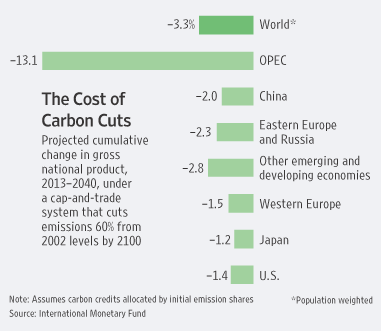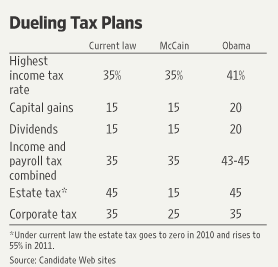I quoted a review of The Demon Under the Microscope in an entry from October 12, 2006. I finally managed to read the book, last month.
I don’t always agree with Hager’s interpretation of events, and his policy advice, but he writes well, and he has much to say of interest about how the first anti-bacterial antibiotic, sulfa, was developed.
In the coming weeks, I’ll be highlighting a few key passages of special interest. In today’s entry, below, Hager nicely summarizes the importance of the discovery of antibiotics for his (and my) baby boom generation.
(p. 3) I am part of that great demographic bulge, the World War II “Baby Boom” generation, which was the first in history to benefit from birth from the discovery of antibiotics. The impact of this discovery is difficult to overstate. If my parents came down with an ear infection as babies, they were treated with bed rest, painkillers, and sympathy. If I came down with an ear infection as a baby, I got antibiotics. If a cold turned into bronchitis, my parents got more bed rest and anxious vigilance; I got antibiotics. People in my parents’ generation, as children, could and all too often did die from strep throats, infected cuts, scarlet fever, meningitis, pneumonia, or any number of infectious diseases. I and my classmates survived because of antibiotics. My parents as children, and their parents before them, lost friends and relatives, often at very early ages, to bacterial epidemics that swept through American cities every fall and winter, killing tens of thousands. The suddenness and inevitability of these epidemic deaths, facts of life before the 1930s, were for me historical curiosities, artifacts of another age. Antibiotics virtually eliminated them. In many cases, much-feared diseases of my grandparents’ day—erysipelas, childbed fever, cellulitis—had become so rare they were nearly extinct. I never heard the names.
Source:
Hager, Thomas. The Demon under the Microscope: From Battlefield Hospitals to Nazi Labs, One Doctor’s Heroic Search for the World’s First Miracle Drug. New York: Three Rivers Press, 2007.





